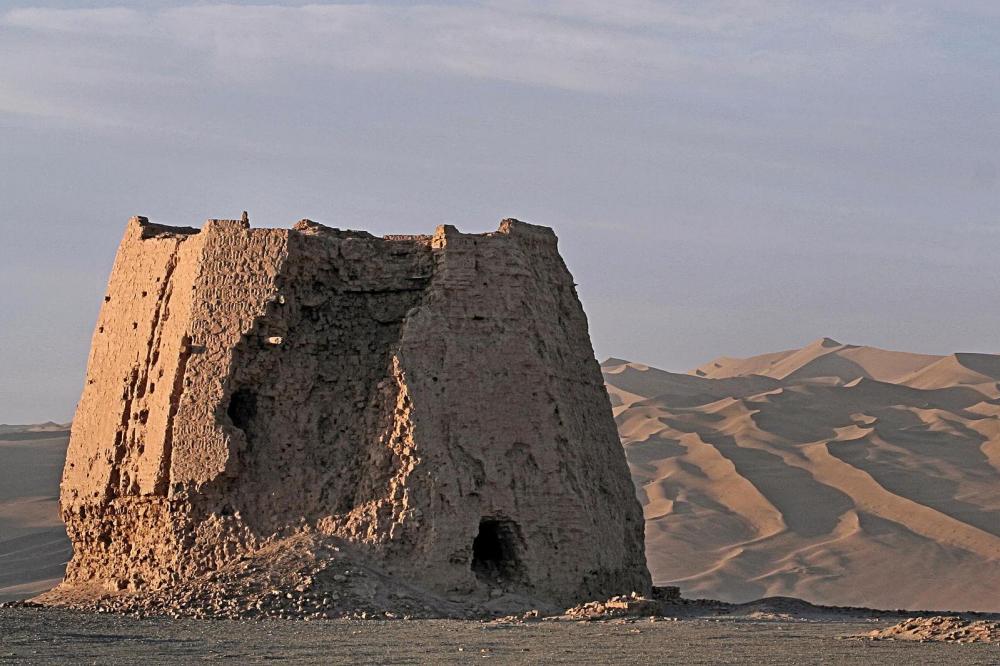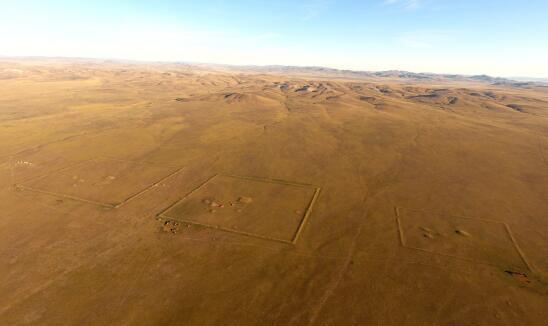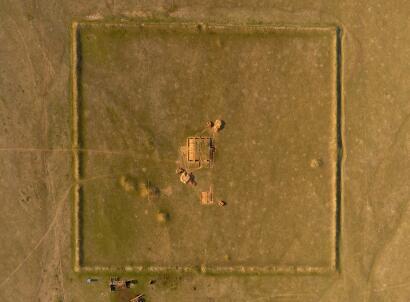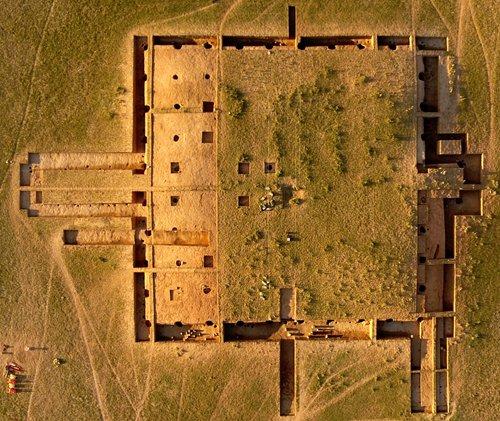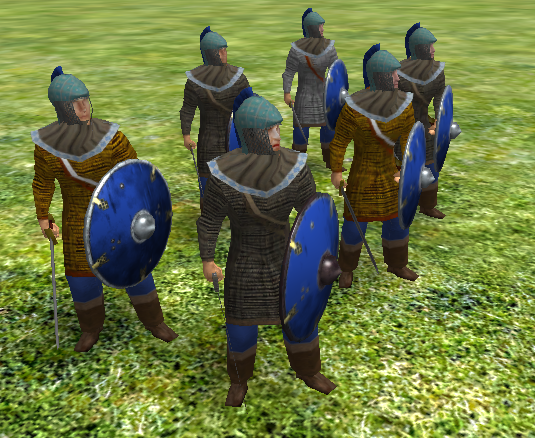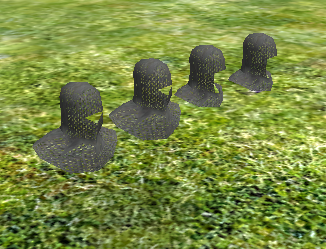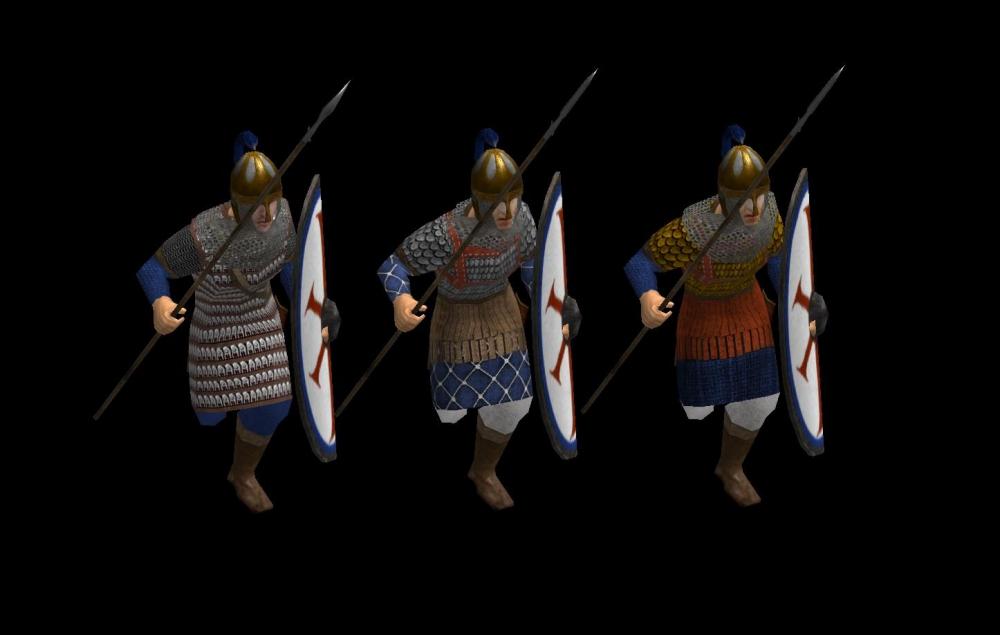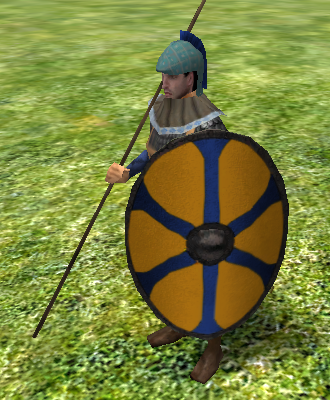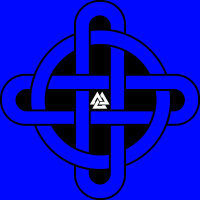Leaderboard
Popular Content
Showing content with the highest reputation on 2018-05-01 in all areas
-
5 points
-
2 points
-
3000 year old horse grave discovered in Sudan, by archaeologists from Leiden So... my mom sent me a link... Turned out to be gold... lol! @Lion.Kanzen, . So a horse grave was very recently excavated in Tombos, in Northern Sudan. Tombos was originally a New Kingdom Egyptian administrative centre in Kush when it was an integrated province of Egypt. At least ten small pyramids were built for Egyptian noblemen. Later, Tombos became an important city/town of Napatan period Kush. So what's so special about the horse burial? Well, it's one of the most well preserved horses ever excavated in Nubia, and it dates to 949 BC... The oldest horse burial ever found in Kush, predating Piye's horse burials by more than 150 years! This period, c.950 BC was about 100 years after the collapse of the New Kingdom, but more than 100 years before the first attested ruler of the Napatan Dynasty, a period known as the "Nubian Dark Ages". Not much is known about this period. The horse was well cared for, and died at the ripe old age of 12 to 15 years. It was buried underneath the offering chapel of a repurposed pyramid of a New Kingdom nobleman. The bit that was found with it, together with the signs of stress in the ribs and spine suggest it was a chariot puling horse. The bit was made from iron... IRON! This 10th century BC iron bit is the oldest piece of iron ever found in Kush and one of the oldest in (Sub-Saharan) Africa, and may begin to reshape our understanding of the spread of Iron working on the continent. That's the actual horse... Schematic, showing a faience scarab for the horse. The bit, one of the oldest pieces of iron ever found in Africa (at least 949 BC) https://www.universiteitleiden.nl/en/news/2018/04/discovery-3000-year-old-horse-grave https://www.livescience.com/62419-ancient-horse-burial-tombos.html2 points
-
Kushites will be in Alpha 23. The Kingdom of D'mt and Aksumite empire are indeed both from the wrong time-period (500BC - 1BC). Garamantes are the primary African civ that could still be done, but that won't be easy in terms of reference material, and other factions like Scythians and Thracians are a little more important with regard to the other civs already in-game. That having said, Aksumites would be incredibly cool for Millennium AD. A tremendous amount of people have put a tremendous amount of effort into this and every other alpha update. You can follow the evolution of individual updates/bugfixes/new features etc. here: https://trac.wildfiregames.com/timeline I'm trying to figure out what you're saying here? That Napatan and Meroitic period Kushites were more Greek than Egyptian influenced? That would be incorrect. There is clear Hellenistic influence, but at no point in their history does it become dominant. They liked Mediterranean wine and the Greek language was known by at least some Kushites (for trade and diplomacy), but they remained firmly a Nile Valley Civilization till the very end, with their own unique twists of course. They worshipped "Egyptian" gods, continued using and adapting hieroglyphs, built pylon temples and truncated pyramids. The last temple of Amun was built in the 3d century AD, for example. No temples to Greek gods were ever built. Also the term Aethiopia ("place of burnt faces") in classical Greek literature refers primarily to Kush and not Axum. Only later does the term become more widely applied to areas south of Kush as well, including modern day Ethiopia.2 points
-
2 points
-
2 points
-
https://www.pcgamer.com/how-to-build-the-perfect-rts/ Units must be. Graphics mus be Focus in. Some charts.1 point
-
La versión 23 aun no ha sido publicada (aunque queda poco): estarás usando una versión en desarrollo. Aquí ponen las instrucciones, y parece ser que fue lo que hiciste: https://play0ad.com/download/linux/#Ubuntu Prueba esto después de desinstalar: sudo apt-get install 0ad Que sistema operativo usas? English: He's saying that is getting A23 instead of 22. Maybe he's playing a dev version? shouldn't the repository direct to a stable version?1 point
-
1 point
-
Xiongnu actually built some (permanent) fortifications, but I'm having having difficulty locating pictures or reconstructions of the ruins. If those fortifications used similar construction techniques as the Xiongnu capital city of Tongwancheng or other "cities" like Khermen Tal, they would have been built from rammed earth and wood. Ironically, I think the Han Chinese rammed earth fortifications of Northern China are the closest approximation for Xiongnu fortifications I can think of. I suspect (pretty sure) they heavily influenced each other, and the radical difference in Han Chinese architecture on the steppe and Han Chinese architecture further south, indicates that steppe architecture indeed influenced Han-Chinese on the steppe. In short, Xiongnu should have access to unmovable rammed earth walls and fortress. Remains of Xiongnu fortification/palace at Tongwancheng: Han Chinese rammed earth watchtower in Dunhuang, built against the Xiongnu Something on excavations in Khermen Tal: http://www.globaltimes.cn/content/1088258.shtml1 point
-
Authentic Han two-handed dao, 116cm. It's rare to see someone actually holding the dao, gives a much better sense of scale.1 point
-
1 point
-
1 point
-
Add the upper part (chainmail) of the coif too. I modified your helmet textures. I am thinking of adding player color to the hollow part/gaps on the top part of the helm. I'm just not sure if the Byzantines of the period continued the practice just like their Hellenistic age ancestors. Tagging some history buffs for opinions. @wowgetoffyourcellphone @Nescio1 point
-
1 point
-
Que belleza (same word in Spanish to describe beauty, or admire woman perfection) is real Ferrari of Byzantines. A look(screenshot) with properly shield. for FB.1 point
-
1 point
-
@GunChleoc Thank you! Five factions for Scotland seems too much, even if it makes sense...Maybe two: Gaels and picts...Now I have some readings1 point




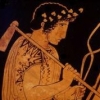

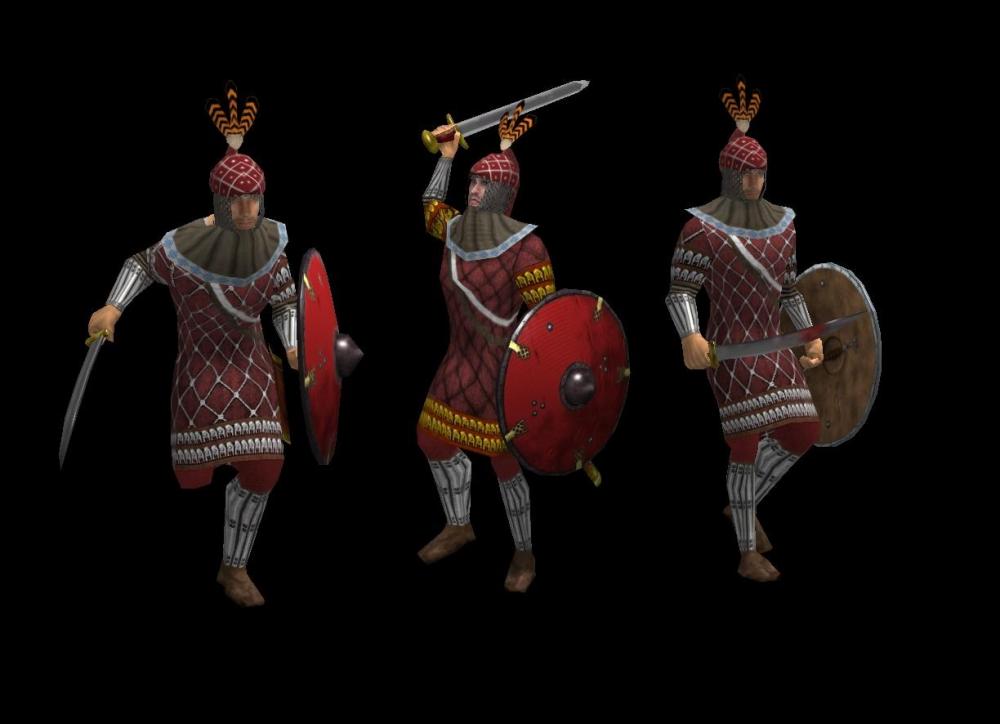
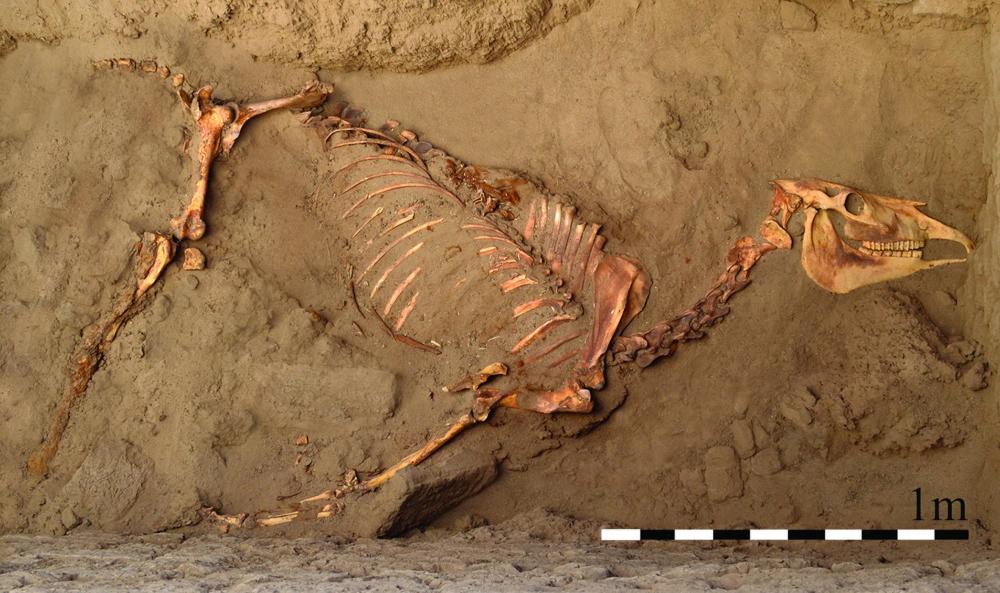
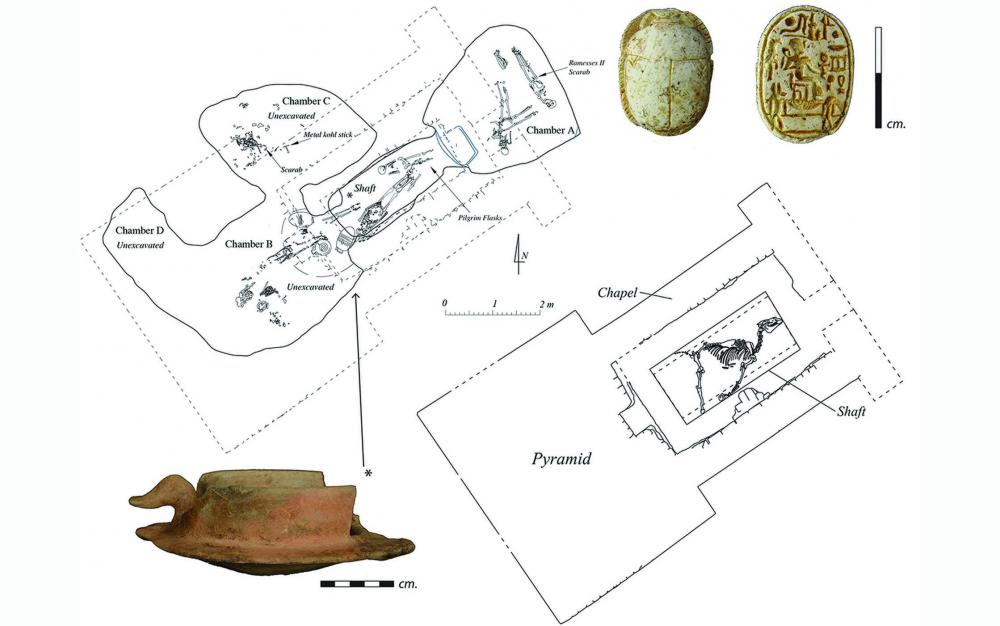
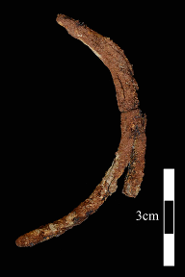
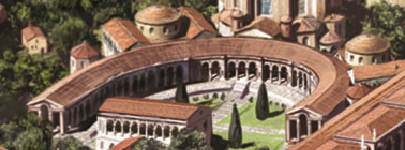
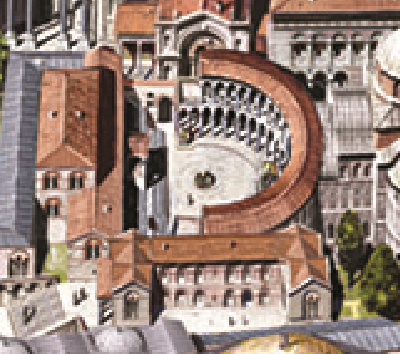
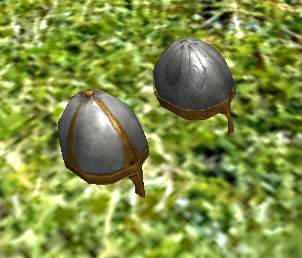
.thumb.png.ce58cea22940c255f5b0a735d5abee36.png)

